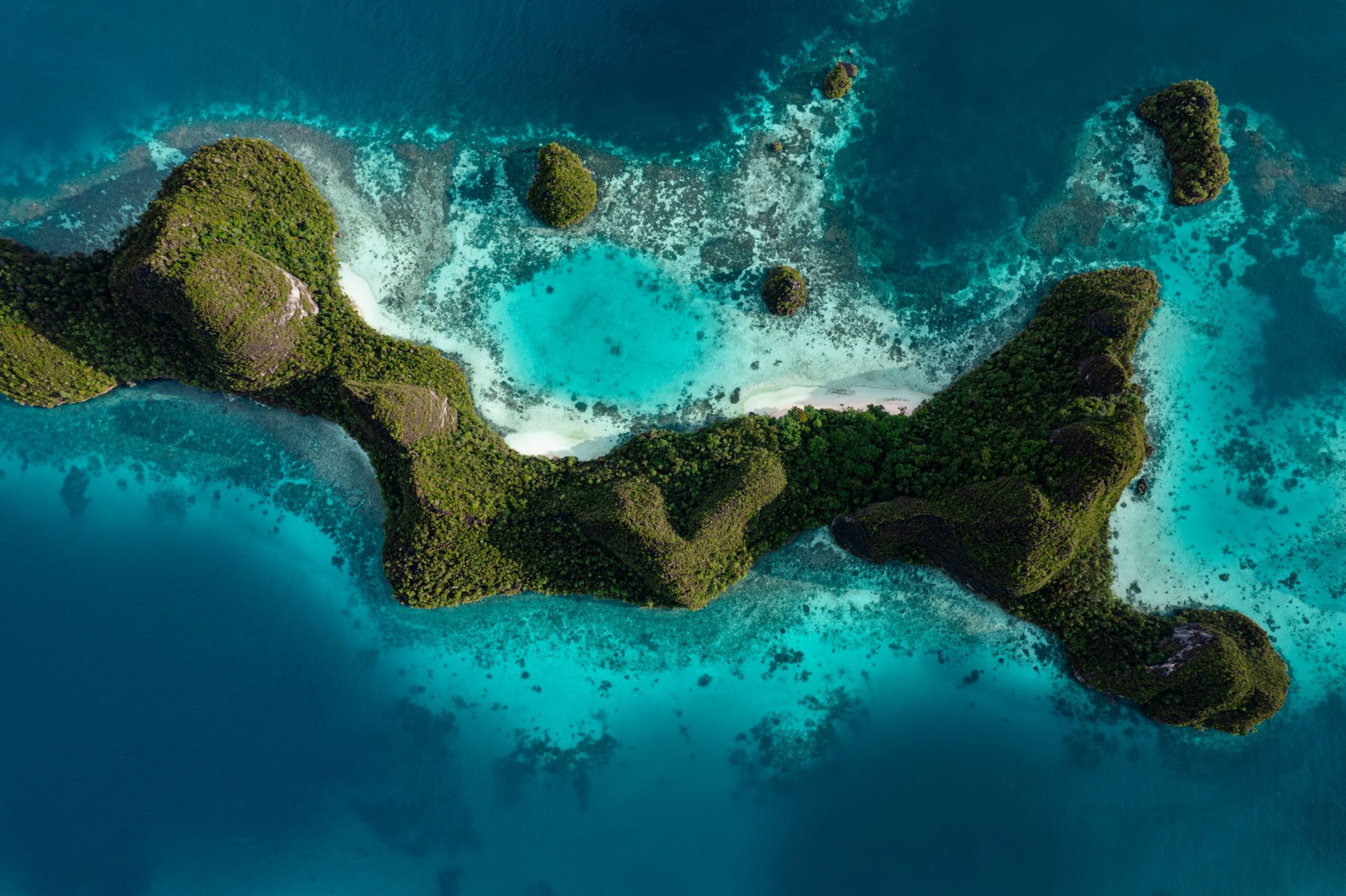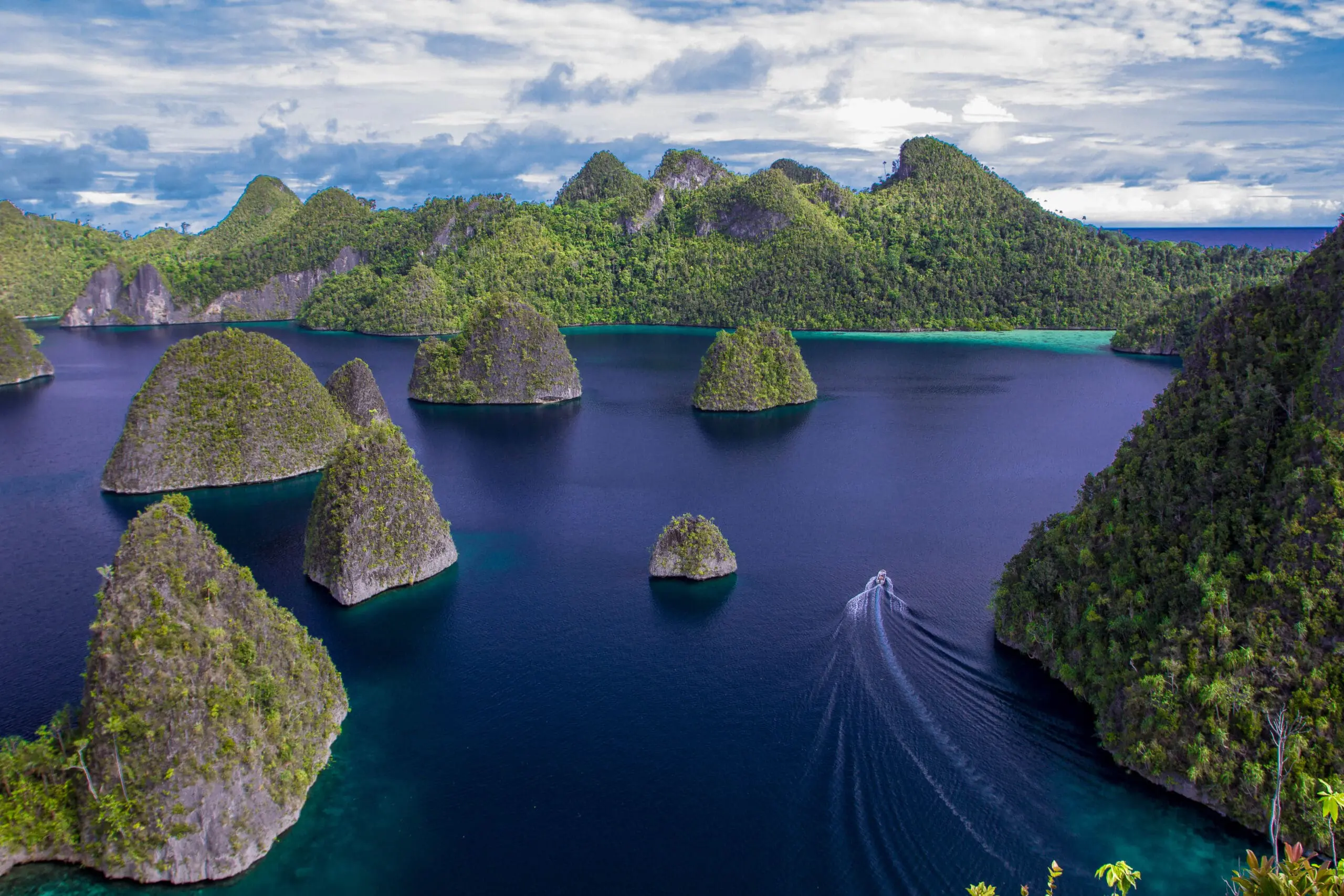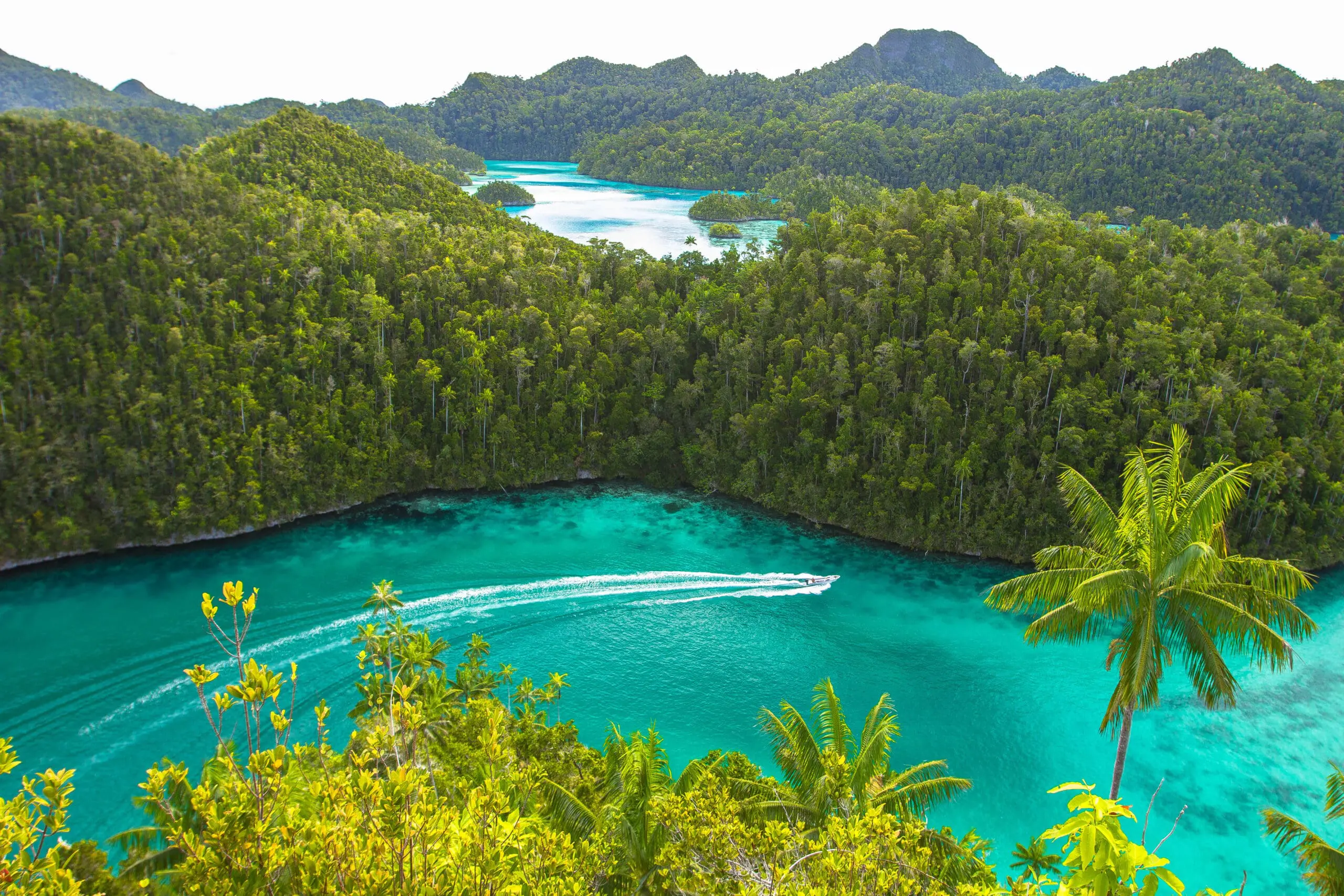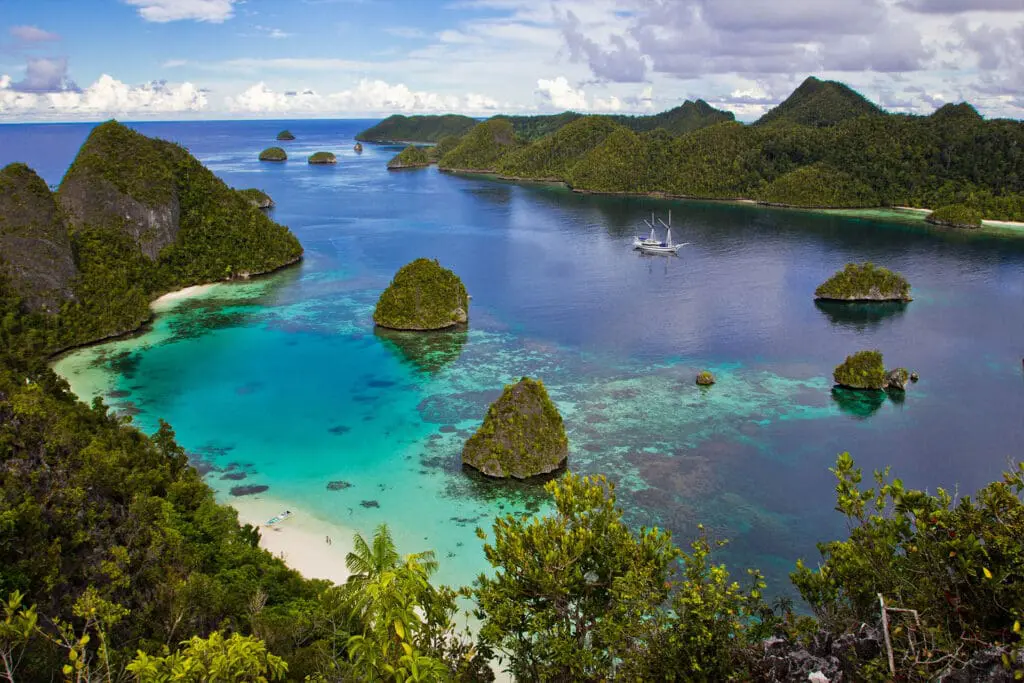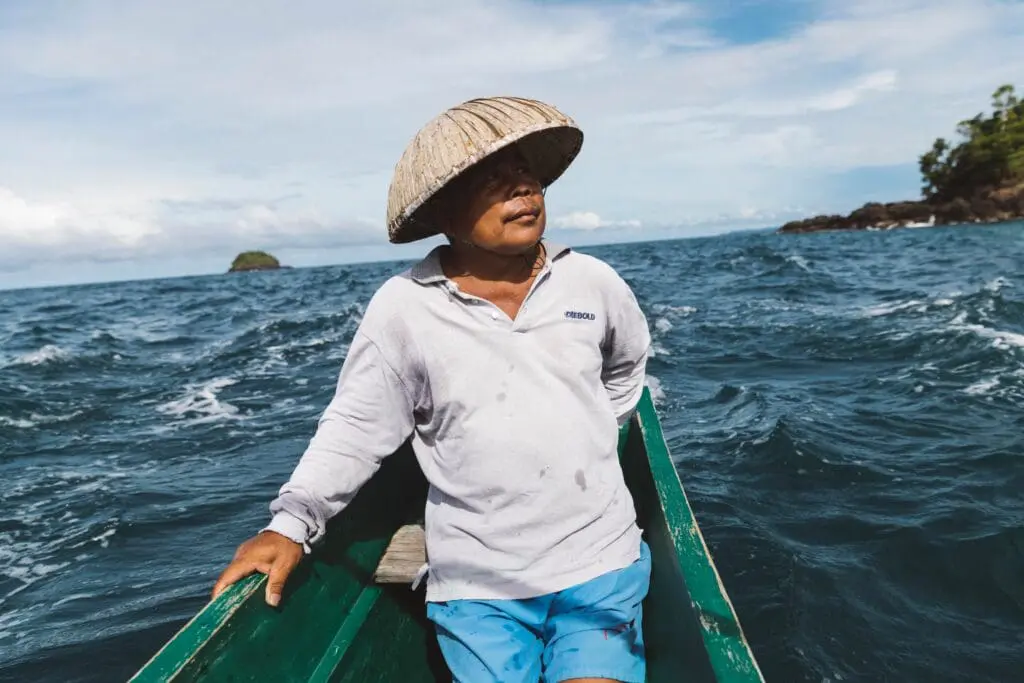Visit churches and mosques, symbols of the main religions practised on the island and scenes of violent social tensions in the past. Observe the city’s hectic life by sitting at a rumah kopi, Kota Ambon’s eccentric coffee shops and do not resist the temptation to try the delicious nutmeg desserts or typical warm, spiced drinks. In the evenings, appreciate the lights of the Jembatan Merah Putri bridge, the city’s landmark and also a very popular photo spot that links the north and south of the island and symbolises peace and unity among the Maluku people.
Many traditional villages are located inland and off the coast, a range of dive sites attract worldwide divers. Hang out in Ambon Bay for unparalleled muck diving, and you may be lucky to see the psychedelic frogfish, a rare critter only found in Ambon. More to the south, the underwater landscape features volcanic formations, coral walls, drop-offs and caves, and is ideal for wide-angle diving. Swim with bumphead parrotfish and seahorses, and observe dolphins, sharks and tunas in their natural environment as you enjoy the deep blue!
